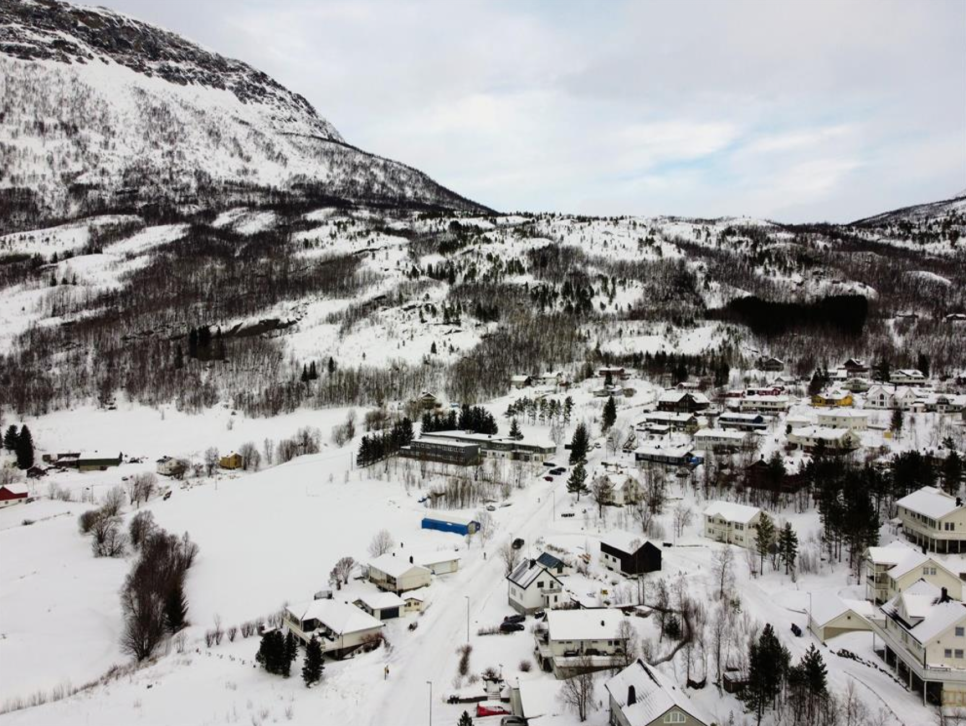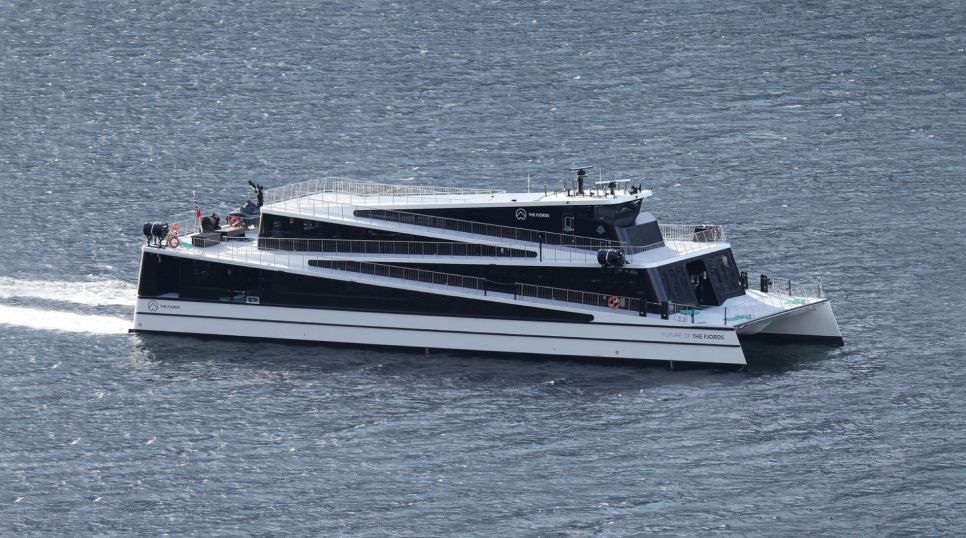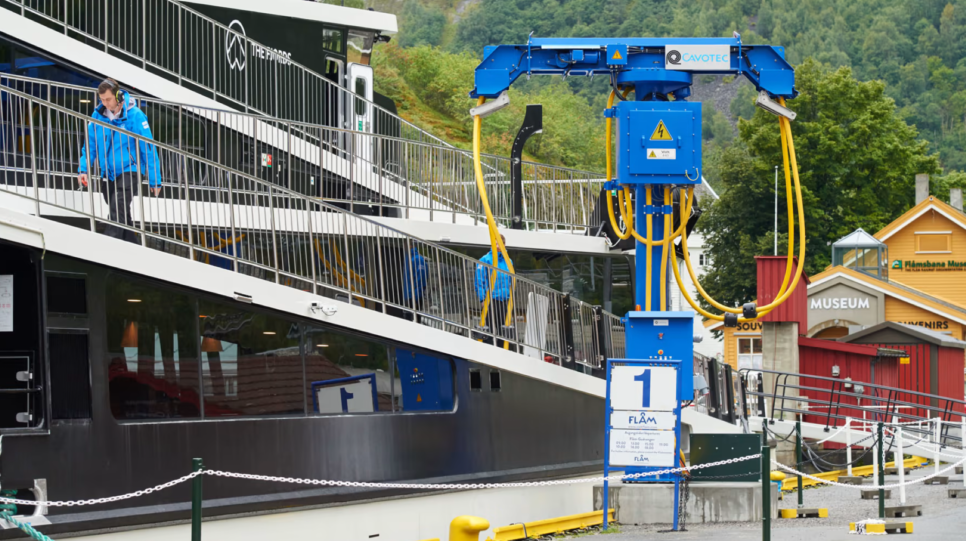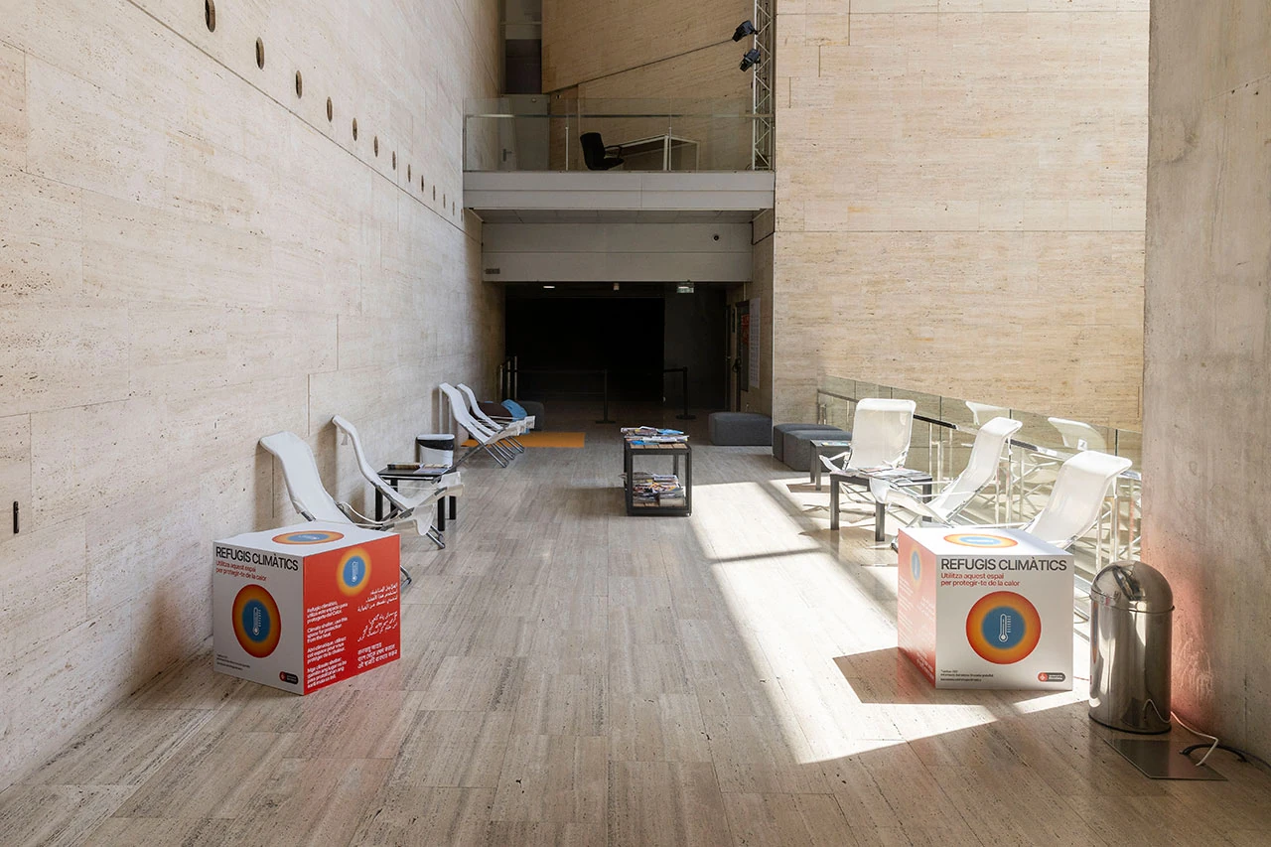A long fjord, carved through mountains and filled with seawater, is a spectacular sight. The path once carved by glaciers tens of thousands of years ago still holds its great depth and breadth. Majestic cliffs rise like folding screens on either side of the waterway, soaring over a thousand meters high, with the water reaching hundreds of meters deep. When a thick mist rises, you might imagine trolls with grass growing on their heads wandering about—that’s the fjords of Norway.
Geirangerfjord and Nærøyfjord, located in southwestern Norway, are UNESCO-designated World Natural Heritage sites. Norway is home to over 200 fjords, but these two fjords are recognized for preserving their primeval landscapes and are celebrated as some of the most stunning natural scenery in the world. The fjord areas registered as World Natural Heritage cover approximately 370 million pyeong (122,712 hectares), of which about 9%, or 32 million pyeong, is sea.
The World Natural Heritage sites formed by glaciers tens of thousands of years ago are soon set to become the world’s first marine carbon-zero zones created by humans. In 2018, the Norwegian government declared that Geirangerfjord and Nærøyfjord would achieve carbon neutrality by 2026.
“Carbon emissions in a pristine fjord?”
Some might wonder how there could be any carbon to reduce in the fresh air and clear waters of the fjords. However, there is a problem even in the fjords: carbon emissions from the ships that carry millions of tourists and local residents. The fjords are Norway’s most iconic tourist destinations, with two UNESCO World Natural Heritage-listed fjords attracting around 2 million visitors annually. The best way to truly experience the fjords is by boat, cruising along the waterways. According to statistics, about 500,000 people take sightseeing cruises each year. Although this number may not compare to large cities like Seoul, ship emissions are clearly a blemish in the fjords that dream not just of carbon neutrality, but of being completely carbon zero.
From the “Leave No Trace” Campaign to the Declaration of “Carbon Zero”
‘Even before the declaration of “carbon zero,” the “Leave No Trace” campaign had been underway in the fjords since 2011. In other words, visitors are urged to clean up after themselves when using the facilities. The fjords have hundreds of hiking trails but very few restrooms, so visitors often have to relieve themselves somewhere in the remote corners of the World Natural Heritage site. When doing so, they are supposed to dig a hole, do their business, and then cover it with fallen leaves to clean up afterward. However, this is often neglected, causing frustration among other visitors. The campaign also targets not only human waste but also litter and traces of campfires.
As awareness grew that greenhouse gases driving climate change threaten the global environment, and as the world united in responding to climate change, the environmental protection campaign in Norway’s fjord region naturally expanded its focus to include greenhouse gas reduction and climate action. Just as visitors must not leave waste in the beautiful fjords, they must also avoid leaving a carbon footprint. This continues the spirit of the earlier campaign urging humans to leave no trace on the pristine nature. The carbon zero declaration for the fjord region is not just about preserving the natural scenery.
The survival of the fjord region’s residents is also at stake. Last year, a small village of 700 people in Beisfjord was isolated by an avalanche. The avalanche blocked the roads, and to make matters worse, the fjord’s waters froze, cutting off even boat access. If avalanches become more frequent due to rising global temperatures, the damage to the fjord communities will inevitably increase.

In May 2018, the Norwegian Parliament adopted a resolution to designate the fjord areas listed as World Natural Heritage sites as greenhouse gas zero-emission zones. Starting in 2026, all cruise ships, sightseeing boats, and ferries operating in the fjord region will be regulated to emit no greenhouse gases such as carbon dioxide, methane, and nitrogen oxides. Furthermore, by 2030, the Norwegian shipping industry is required to adopt low-carbon or zero-carbon solutions. In response, the Norwegian Maritime Authority revised environmental regulations the following year to limit sulfur oxide and nitrogen oxide emissions within regulated areas, ban wastewater discharge and the incineration of marine waste, and apply strict environmental standards to vessels over 10,000 tons. Subsequently, from March 2022, preparations began to amend the Ship Safety Act to implement the parliamentary resolution, and this amendment was finalized earlier this year. The revised law will take effect in January 2026.
Seeing the Future of the Fjords in “The Future of the Fjords”
In the transportation sector, ships are among the hardest to decarbonize. Electrifying ships is not as straightforward as electrifying cars on the road. Moreover, Norway is the land of the Vikings. The fjord coastline on Norway’s west coast is literally jagged and torn apart. The waterways that tightly connect the frequently interrupted roads are an essential transportation infrastructure here. For a maritime nation to choose the ocean as the stage for a carbon-zero project is by no means a trivial decision. It is a direct challenge to themselves and a pursuit of a new identity as a cutting-edge shipbuilding powerhouse.
Given Norway’s heavy reliance on maritime infrastructure, at first, everyone thought it was impossible. Various clever ideas emerged. For example, increasing bus routes to reduce ship travel distances; retrofitting ships with hydrogen hybrid systems and operating hydrogen fuel cells only when passing through the World Natural Heritage area without incurring high costs; creating multi-hubs outside the regulated zones where large cruise ships can dock while passengers use smaller vessels to visit the fjords—many such ideas were proposed.
Meanwhile, the development of electric vessels operating in the fjords has steadily progressed. Among them, the spotlight was on the vessel called “Fjord Future” developed by the company Brødrene Aa. True to its name, Fjord Future embodies a blueprint for the next-generation electric ship and was even selected as the “Ship of the Year” at the Hamburg International Maritime Equipment Exhibition, one of the world’s top three shipbuilding and marine equipment fairs.
Fjord Future runs entirely on batteries. Its hull is made of carbon fiber to minimize weight. Equipped with a battery pack of 1,800 kWh capacity, the vessel can carry 450 passengers and travel for two and a half hours at a speed of 30 kilometers per hour. To secure sufficient energy density, every cutting-edge technology was fully deployed. This was the first time in Norwegian history that a battery of such capacity was installed on a ship.

Developing a 100% electric vessel capable of accommodating 450 passengers was a significant challenge. The ship engineers set the following key goals: △zero greenhouse gas emissions during operation, △commercially sustainable solutions in both technology and operations, △minimized energy consumption, △development of optimized battery and charging solutions, △transferability of the technical solutions to domestic and international marine tourism markets, and △a design that allows for the future application of hydrogen propulsion technology.
The Future of The Fjords reduced electricity consumption by 5-10% by improving the propeller system. Instead of making the propellers smaller, they were made larger but designed to operate at slower speeds. The lighting was replaced with LEDs, heat pumps were installed, and the hull insulation was enhanced to improve energy efficiency. From the components installed on the vessel to the entire control system, everything was redesigned from scratch to optimize the ship’s specifications.
It was also a significant achievement to confirm two key facts during the operation of the vessel. First, electric ships are quiet, can have large glass windows that enhance the viewing experience, and lack the smell of fuel combustion, making them ideal not only for tourism but also for creating new opportunities as venues for events such as conferences. Second, despite potentially higher costs, there is strong demand from people willing to choose electric ships.
In Flåm, a key transportation hub for fjord tourism, onshore power facilities are being established. With these facilities, docked ships can receive the necessary power from the shore instead of generating it themselves with diesel engines. The onshore power supply in Flåm brings electricity generated by hydropower from the Aurland region via an underwater cable. This will reduce greenhouse gas emissions from passenger ships by 75%, and Flåm’s carbon emissions are expected to decrease by 3,300 tons.

Creating a Carbon-Free Fjord in Partnership with the Local Community
The world’s first zero-emission marine zone cannot be achieved by the shipping industry alone — it can only be realized through collaboration with local communities. When greenhouse gas regulations take effect in 2026, the number of cruise ships operating in the fjords is expected to decline. This poses a significant risk to regions that rely heavily on tourism. The Geirangerfjord World Heritage Foundation is leading the “Smart Fjord” initiative to help local small and medium-sized businesses discover new opportunities in sustainable tourism. Over 90 local companies are already participating as partners, actively developing products and services that enhance the region’s tourism appeal. The marine zero-emission zone in the fjord will soon expand throughout the entire fjord region.
In the fjords, what we need to pay attention to is not just the shift to new energy sources such as electricity or hydrogen, but the broader changes that this energy transition brings. Achieving zero carbon emissions is merely a measurable indicator—a step toward the larger goals of combating climate change and improving quality of life. What truly matters is the commitment and effort of the local communities behind it. After all, residents in the fjord regions could have chosen to build shopping malls, golf courses, or cable cars to boost the local economy. But instead, they chose to actively participate in creating a zero-emission future. Technological carbon neutrality is never a finished product. One electric ship alone cannot complete the transition. Ultimately, it is people who will bring the fjords to true zero emissions.
▶ This article is a contribution to the bimonthly magazine “A World Illuminated by Light” published by Korea Electric Power Corporation (KEPCO).
https://home.kepco.co.kr/kepco/front/html/WZ/2023_11_12/sub3_4.html











